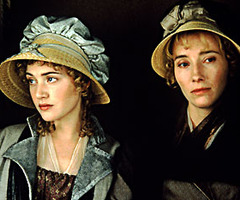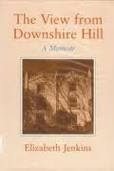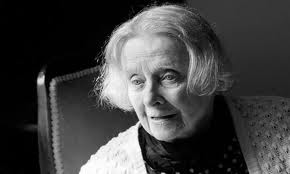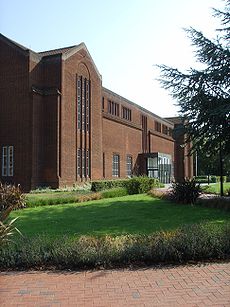Victoria here. At a meeting of our Jane Austen Book Group, re-reading Sense and Sensibility, we tried a new technique. Since all of us had read the book many times, MANY times, we decided to forego a general discussion and have each member share her favorite passage. Austen lovers probably won’t be surprised that several of us chose similar passages.
The excerpt that at least five or six chose appears in volume I, chapter 2. Fanny Dashwood talks her husband, John Dashwood, out of fulfilling his deathbed promise to his father to take care of his step-mother and three half-sisters (Elinor, Marianne and Margaret).
At first John Daswood decides to give them three thousand pounds, but Fanny is able to shave this down to an occasional gift of game from the Norland estate. This scene was beautifully scripted by Emma Thompson and acted by Harriet Walter and James Fleet in the 1995 film version of the novel. But we concentrated on the written word.
At one point, John D. considers giving his mother an annuity, an annual payment. Here is the specific sentence that captivates lovers of Austen’s dry wit. Fanny points out, “People always live forever when there is an annuity to be paid them.”

Though she, her husband and her son are turning the Dashwood ladies out of their comfortable estate of Norland and allowing them to move to a smaller cottage several counties away, Fanny resents their retention of some of the china and silver. And, to justify her parsimonious view, she says, “Their housekeeping will be (cost) nothing at all — they will have no carriage, no horses, hardly any servants and will keep no company. Only conceive how comfortable they will be!”
 |
| KateWinslet as Marianne |
When Marianne is saying goodby to her home, the Norland estate (I, 6), she emotes upon the house — and the trees. “Dear, dear Norland…perhaps I may view you no more! And you, ye well-known trees!…No, you will continue the same: unconscious of the pleasure or the regret you occasion and insensible of any change in those who walk under your shade! But who will remain to enjoy you?” typically, Marianne is overly emotional. Several chapters later (I,16), Marianne notices the autumn leaves and recalls Norland with fondness.
“Dear, dear Norland,” said Elinor, “probably looks much as it always does at this time of year. The woods and walks thickly covered with dead leaves.”
“Oh,” cried Marianne, “with what transporting sensations have I formerly seen them fall!…Now there is no one to regard them. They are seen only as a nuisance, swept hastily off, and driven as much as possible from the sight.”
“It is not everyone,” said Elinor, “who has your passion for dead leaves.”
 |
| Hugh Laurie as Mr Palmer |
My personal favorite passage is another that involves some of Austen’s wonderful minor characters who give such richness to her novels. Mr. and Mrs. Palmer, the sister and brother in law of Lady Middleton — and daughter and son in law of Mrs Jennings — provide many moments of delightful comic relief. In I, 20, Elinor, observing Mr Palmer’s usual ill-humor, thinks: “His temper might perhaps be a little soured by finding, like many others of his sex, that through some unaccountable bias in favour of beauty, he was the husband of a very silly woman; but she knew that this kind of blunder was too common for any sensible man to be lastingly hurt by it.”
 |
| Winslet (l) and Emma Thompson as Elinor |
Another favorite scene is the discovery (III,1 aka 37) by the emotional Marianne that Elinor had been keeping secret the fact of Edward Ferrars’ engagement to Lucy Steele. Marianne berates herself for her self-indulgent outbursts…and then wonders how Elinor could have been so calm instead of giving in to her sorrow. Several passages are cited to show Marianne’s regrets and Elinor’s disappointment, and underline the contrasts in their two personalities.
All of us at our Jane Austen Book Group agreed that Sense and Sensibility deserves its two hundred years of admiration. Jane, we decided, would be pleased.
The JASNA AGM on the 200th anniversary of the publication of Jane Austen’s first novel will be held in Ft. Worth, Texas, October 14-16, 2011, at the Renaissance Worthing
ton Hotel.
Hope to see you there!!































